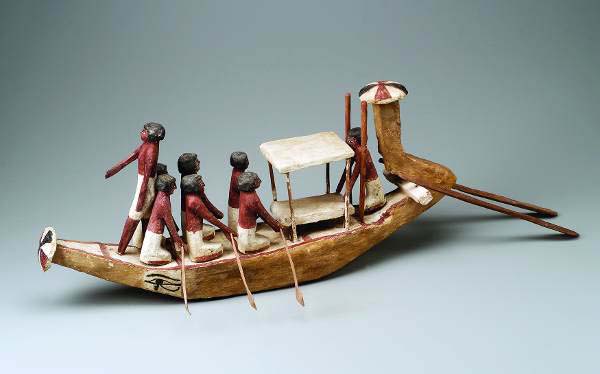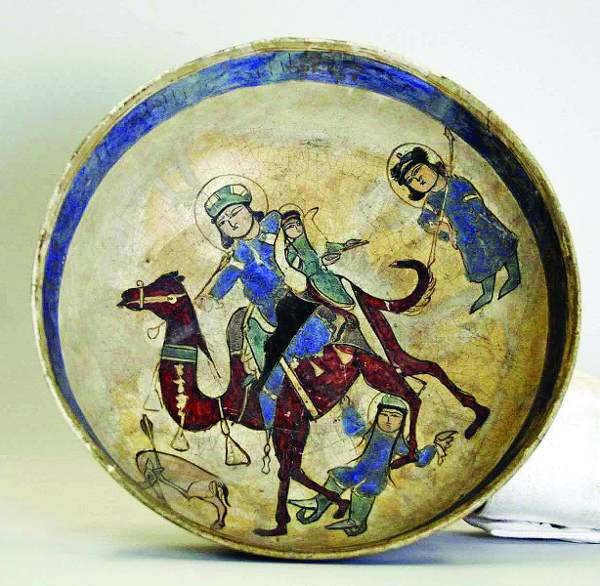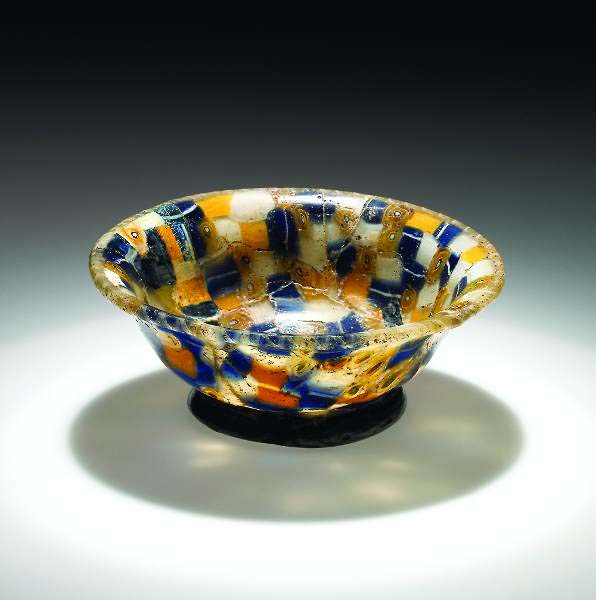
Museum of Fine Arts
Boston, Massachusetts
(617) 267–9300
www.mfa.org
Continuing through May 16, 2010
In 1915, a joint archaeological expedition of Harvard University and the Museum of Fine Arts uncovered a rich but looted and ransacked tomb of a Middle Kingdom (2040–1640 B.C.) Egyptian governor. Unfortunately, the looters damaged many of the finds, which meant that most of the artifacts needed major restoration. Now, thanks to the painstaking work of museum conservators, more than 250 objects from the governor’s tomb are being displayed together for the first time. The objects, including the governor’s brilliantly painted coffin, furniture, jewelry and dozens of delicately crafted wooden miniatures, provide an intimate portrait of a provincial official’s life (and death) in Middle Kingdom Egypt.

American Museum of Natural History
New York, New York
(212) 769–5100
www.amnh.org
Continuing through August 15, 2010
This interactive exhibit for the senses takes visitors on a journey across the great Silk Road, the legendary medieval trade route that connected the far reaches of China with central Asia and the Mediterranean world. The journey features stops in four of the trade’s major cities: Xi’an, the capital of China’s Tang Dynasty; Turfan, a verdant desert oasis; the merchant capital of Samarkand; and finally Baghdad, then the commercial and intellectual hub of the Middle East. Along the way, visitors will not only touch and smell the silk, spices and other precious commodities that passed along the road, but will also explore the histories and accomplishments of the diverse cultures that allowed the trade to flourish for more than 600 years. Among the exhibit’s featured objects is a colorful 13th-century Persian ceramic bowl depicting the hunting exploits of a legendary Sassanian king.

The Getty Villa
Malibu, California
(310) 440–7330
www.getty.edu/museum
Ongoing
This exhibit features more than 180 beautiful glass objects from across the ancient world that were made using a variety of methods and techniques, including this 2,000-year-old multicolored cup from Greece . On display are exquisitely crafted juglets, bowls and beakers from Mesopotamia, Egypt, Greece and Rome, many formed in delicate shapes or decorated with brilliantly colored geometric designs. These vessels, which date from 2500 B.C. to the 11th century A.D., provide a vivid illustration of how glassmaking has evolved over the millennia.

